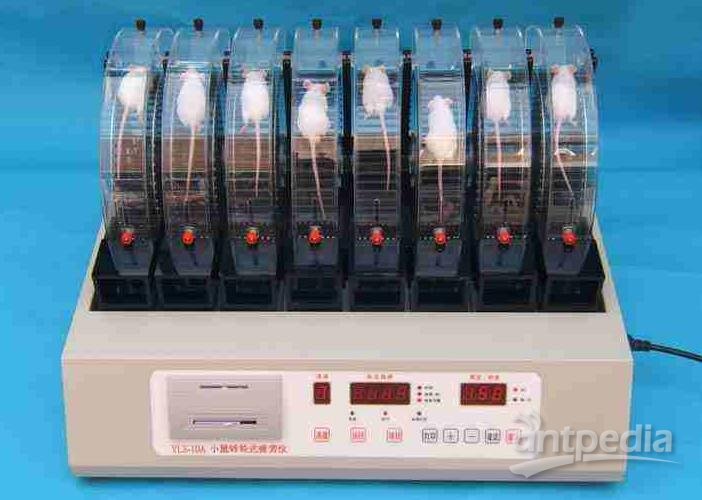B-hPD-1/hBTLA双人源化小鼠
BTLA基因功能
B细胞和T细胞衰减蛋白(B and T lymphocyte associated,BTLA)是另一种Ig超家族的检查点负调分子,在结构上和CTLA4及PD-1类似,不仅表达于B细胞、T细胞、NK细胞,在树突状细胞和巨噬细胞中也有表达。BTLA与其配体HVEM(肿瘤坏死因子受体超家族成员)结合传递共抑制信号,在机体抗肿瘤免疫应答中发挥负性调节作用,并与肿瘤的免疫逃逸机制相关。 BTLA抑制剂可以增强TCR信号通路,并恢复T细胞功能,成为肿瘤生物治疗潜在的新靶点。

Fig.1. (A) Interactions around PD1 and HVEM. PD1 belongs to the B7/CD28 (Immunoglobulin) superfamily and delivers negative signals upon binding to its ligands, PD-L1 and PD-L2. Recently, an unexpected interaction has been shown between PDL1 and CD80, whereby CD80 expressed on T cells can potentially behave as a receptor by delivering inhibitory signals when engaged by PDL1. CD80 and CD86 bind to the same two receptors, the stimulatory CD28 and the inhibitory CTL-associated-antigen-4 (CTLA-4) molecules. HVEM from the TNF/TNFR superfamily is clearly now a central immune molecule given the complexity of its interactions. HVEM has initially been discovered as the coreceptor for the glycoprotein D (gD) of the herpes simplex virus 1 (HSV-1), allowing the entry of the virus in the cell. HVEM interacts with LIGHT and lymphotoxin 3 to stimulate T cell responses. More recently, two novel ligands inhibiting T cell responses have been identified for HVEM: BTLA and CD160, a glycosphingolipid-linked protein, both belonging to the Ig superfamily, highlighting a crosstalk between the TNF-TNFR superfamily and the Ig superfamily. (B) Targeting coinhibitory molecules with monoclonal antibodies. Monoclonal antibodies (mAbs) are the primary immunotherapeutic modality used to promote immune function via antagonism or agonism of inhibitory or stimulatory molecular pathways, respectively. Cancer cells exploit the upregulation of coinhibitory molecules to inhibit T cell activation and to evade antitumor immunity. Indeed, PD1 is upregulated in TILs from many tumors and its ligands PDL1 and PDL2 are overexpressed in cancer cells. The anti-PD1 and anti-PDL1 mAbs block the interaction of PD1 with PDL1, reversing the inhibitory signaling and promoting lymphocyte activation. Similarly, high expression of BTLA was reported in tumor antigen-specific T cells from melanoma, thus BTLA would mediate inhibition of lymphocyte activation through engagement with its ligand HVEM expressed on tumors[1].
hBTLA人源化小鼠
基本信息

打靶策略

B-hBTLA蛋白表达分析

图2. B-hBTLA人源化小鼠脾细胞活化及流式检测
结果显示:在C57BL/6小鼠的B细胞中可检测到mBTLA+细胞。在B-hBTLA纯合鼠的B细胞中,可检测到hBTLA+细胞。
抗人BTLA抗体药效验证

图3.利用B-hBTLA小鼠进行抗人BTLA抗体药效验证实验
将改造过的小鼠结肠癌MC38细胞(人源化HVEM并去除小鼠HVEM)移植到B-hBTLA纯合小鼠体内建立皮下肿瘤模型,待肿瘤体积约150±50mm3时将动物入组至对照组和治疗组(n=6)。
结果显示:相同剂量下,不同抗人BTLA抗体展现对肿瘤的抑制效果不同;同一抗人BTLA抗体,不同剂量下也展现出不同抑瘤效果。A. 肿瘤平均体积±SEM,B. 小鼠平均体重±SEM。 结果证明: B-hBTLA小鼠是评估人BTLA抗体体内药效的有力工具。
B-hPD-1/hBTLA 双人源化小鼠
基本信息

打靶策略

B-hPD-1/hBTLA小鼠蛋白表达分析

图4. B-hPD-1/hBTLA人源化小鼠脾细胞活化及流式检测
结果显示:在C57BL/6小鼠中可检测到mPD-1+细胞。在B-hPD-1/hBTLA纯合鼠中,可检测到hPD-1+细胞。

图5. B-hPD-1/hBTLA人源化小鼠脾细胞活化及流式检测
结果显示:在C57BL/6小鼠中可检测到mBTLA+细胞。在B-hPD-1/hBTLA纯合鼠中,可检测到hBTLA+细胞。
参考文献
[1]Interfering with coinhibitory molecules: BTLA/HVEM as new targets to enhance anti-tumor immunity
























